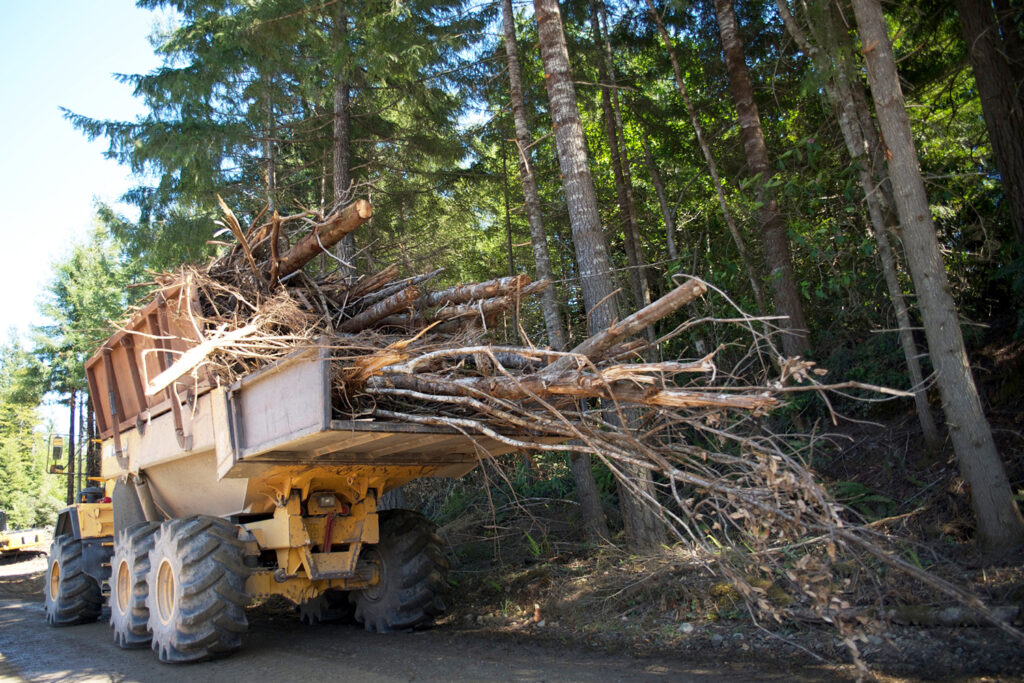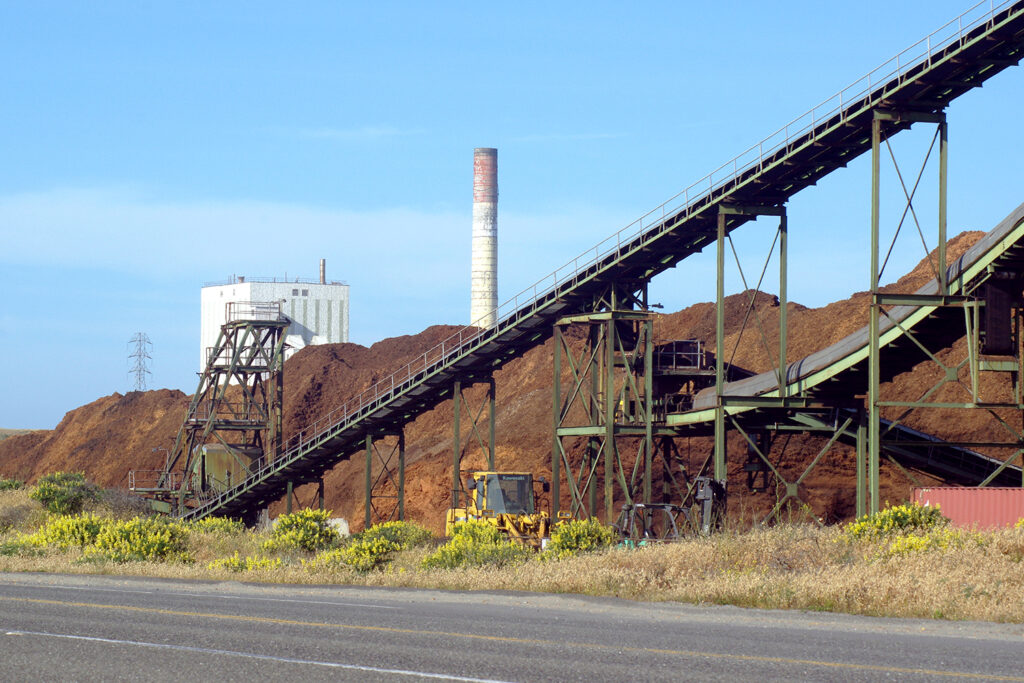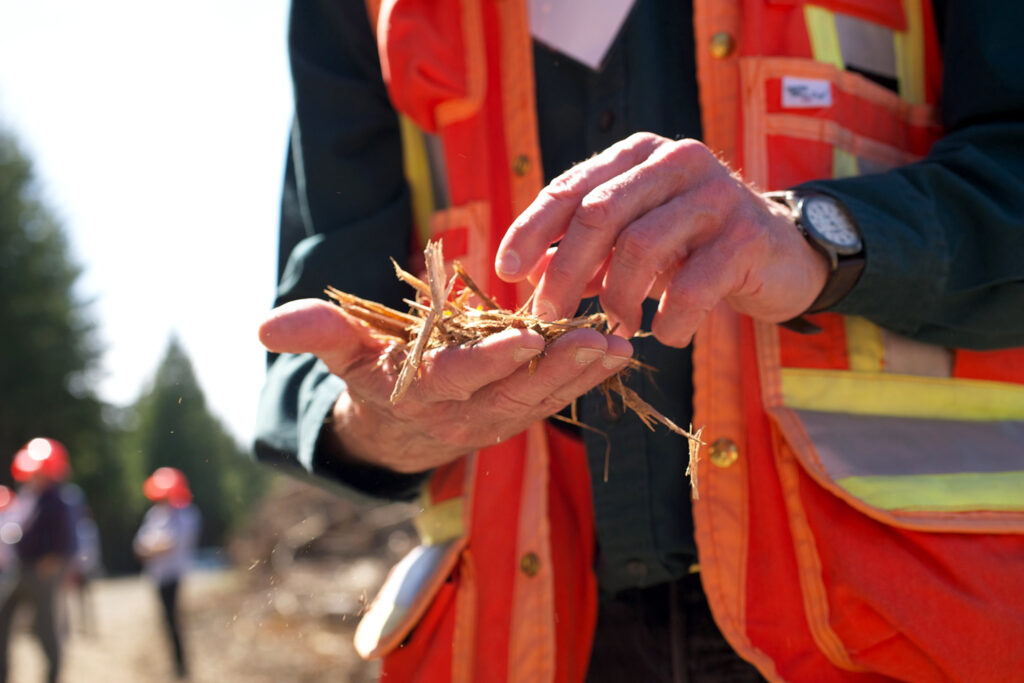
California Biomass Residue Emissions Characterization (C-BREC) model
California faces crisis conditions on its forested landscapes. A century of fire suppression and neglected forest health in combination with conditions exacerbated by climate change have created an ongoing ecological, economic, and public health emergency. State and federal agencies have set a target of thinning one million forested acres per year in California for climate resilience. This management, alongside ongoing commercial harvest, generates millions of tons of wood wastes annually that are typically left or burned in the field, impacting air quality, wildfire risk, and forest ecosystems.
Due to these impacts, and the potential that a market for this waste could facilitate further forest management and restoration, policies are promoting their utilization, especially within California’s energy markets.

C-BREC model
In recent years, our research team has developed the California Biomass Residue Emissions Characterization (C-BREC) model, quantifying the climate and air quality impact of biomass mobilization as compared to pile burning or in-field decay and wildfire and using this information to influence policy and management.
For a given project profile, the C-BREC model generates an emissions time-series, and reports net CO2-equivalent (CO2e) emission values for a number of bioenergy and biomaterial product uses. It quantifies the emissions associated directly with a “use” case in which biomass residuals are mobilized from the field to generate bioelectricity, against a “reference” case in which they remain onsite to be burned or left in-field. C-BREC aims to provide robust and transparent emission accounting, enabling site-specific analyses to guide management choices. We are currently working with policymakers and forest and fire managers to deploy C-BREC to improve the climate outcome of policies including the BioMAT Feed-in Tariff, the Low Carbon Fuel Standard, carbon offset registries, and the U.S. Inflation Reduction Act.

Resources
C-BREC papers, reports, and research briefs
- Research brief on the C-BREC model (2024)
- Life cycle climate impacts of producing biochar from forest residues via the Takachar reactor — Burton-Tauzer et al (2024)
- Climate impact of biopower from forest residues — Fingerman et al (2023) in Environmental Research Letters
- Final report on the C-BREC model for the California Energy Commission (2021)
C-BREC model detail and datasets
- C-BREC 1.0 Model Framework (2021)
- C-BREC Python codebase (github)
- C-BREC spatial datasets
- Residue based estimation methods (2024)
- C-BREC underlying data (2021)
Funding
The C-BREC model development was funded by a grant from the California Energy Commission (CEC) through its Electric Program Investment Charge (EPIC) program. Ongoing research and development of the C-BREC model is supported by grants from the US Department of Energy, the California Department of Forestry and Fire Protection (CALFIRE), the California Air Resources Board, and the California Governor’s Office of Planning and Research.
Contact
Kevin Fingerman, principal investigator











